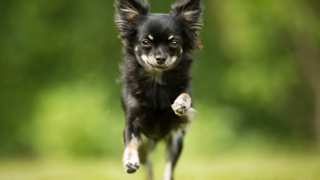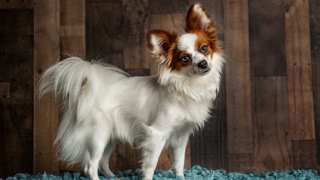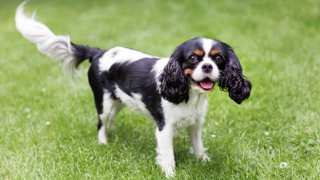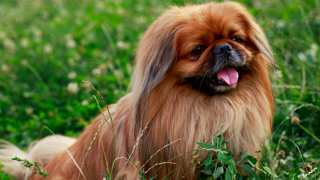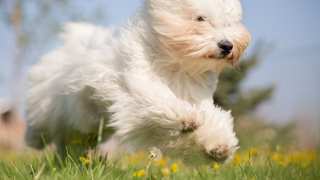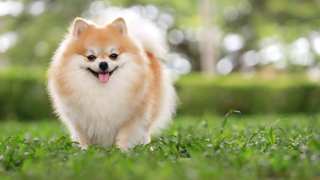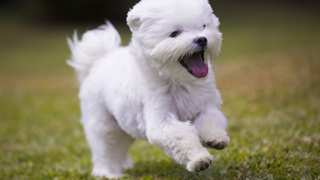Like all breeds, the Japanese Chin diet will need to consist of food that has plenty of animal proteins and carbohydrates for energy; vitamins, minerals, and antioxidants for digestive and immune health; and omega fatty acids for coat and skin wellness. This means the best food for these dogs is premium dry food, specifically the kind made for small breeds. These high-quality foods, while more expensive and difficult to obtain, have balanced portions of the above-listed portions that a Chin will need to maintain its health. Blue Buffalo, Organix, and Nutro Natural Choice are recommended brands that have excellent lines of foods made for small breeds. Cheap, generic dog food is not recommended for these dogs, because it contains mostly empty "filler" ingredients that simply won't keep a Japanese Chin healthy in the long term, and may even shorten its lifespan.
As to Japanese Chin food portions: as you'd expect, they're quite small. The typical adult Chin, depending on its age and activity level, will only need about ½ cup of dry food per day, divided into two meals. Puppies will need even less: again depending on its age, a Japanese Chin pup will require about 0.3 cups per day. You can feed your Chin puppy a few pieces of dry food three times a day until six months of age, then reduce the feedings to twice a day after that. For more information on feeding a Japanese Chin from puppyhood through maturity, here's a handy feeding guide:
Japanese Chin Feeding ChartDog AgeDog WeightFood TypeAmountFrequency6 Weeks0.5 lbsDry (Puppy formula)2-3 pieces3x/day3 Months1 lbDry4-5 pieces3x/day6 Months3 lbsDry6-8 pieces3x/day8 Months5 lbsDry* (Puppy/Adult)0.2 cups2x/day10 Months+7 lbsDry (Adult formula)0.25 cups2x/day*--Around this time, transition to adult food by first mixing in a bit of adult formula with the puppy formula. Over the course of a week, with each meal add a bit more adult food to the mixture, until the dog is eating it entirely.
Try to stick to the above-listed portions, as tiny as they may seem. A Chin that constantly overeats will actually become obese quite easily--and a fat Japanese Chin will have joint, breathing, and digestive problems, not to mention a shorter lifespan. You can help control your Chin's weight by having a regular feeding schedule, by not feeding the dog table scraps and other "human" food, and by not leaving food in the dog's bowl all the time, thereby allowing it to eat anytime it wants. It's better to put your Chin's bowl down only at mealtimes, then pick it up a few minutes after the dog begins eating.
If you're worried your Japanese Chin is overweight, give the dog this simple test: run a hand along its side, and if you can't easily feel ribs, it's diet time. Reduce your Chin's daily food consumption by a little, and add an extra walk or play period to its daily exercise schedule.

